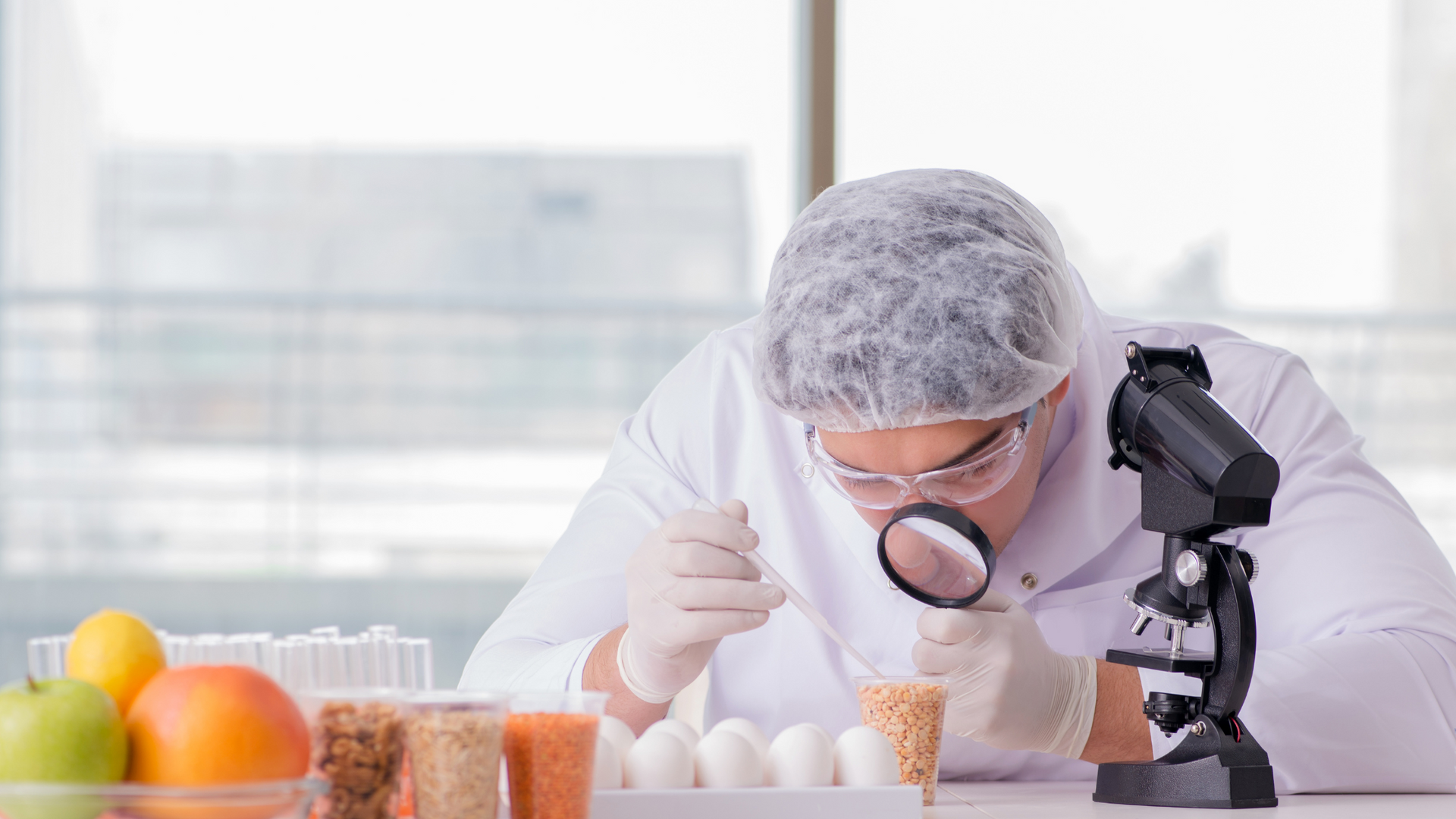By Stewart Eddie
•
July 22, 2025
For any food business, ensuring the safety of your products is paramount. It’s not just about compliance; it’s about protecting your customers, safeguarding your brand, and building trust. And at the heart of this protection lies a critical distinction that often gets blurred: the difference between cleaning and sanitising. At ASKAFOODTECH, we frequently encounter confusion around these terms. Many believe they're interchangeable, but they serve distinct purposes in your food safety regimen. Understanding and correctly applying both is non-negotiable for a hygienic and compliant operation. What is Cleaning? Think of cleaning as the first, essential step. It’s about removing visible dirt, food residues, grease, and other debris from a surface. This process typically involves: Physical action: Scrubbing, wiping, brushing. Detergents: Soaps or chemical cleaners designed to break down fats and loosen soil. Water: To rinse away the loosened dirt and cleaning solution. Why is cleaning crucial? Because you can't effectively sanitise a dirty surface. Organic matter (like food scraps) can protect microorganisms from sanitiser, rendering the sanitising step ineffective. As Food Standards Australia New Zealand (FSANZ) states, "Surfaces must be cleaned before they are sanitised" (Food Standards Australia New Zealand, n.d., p. 116).

